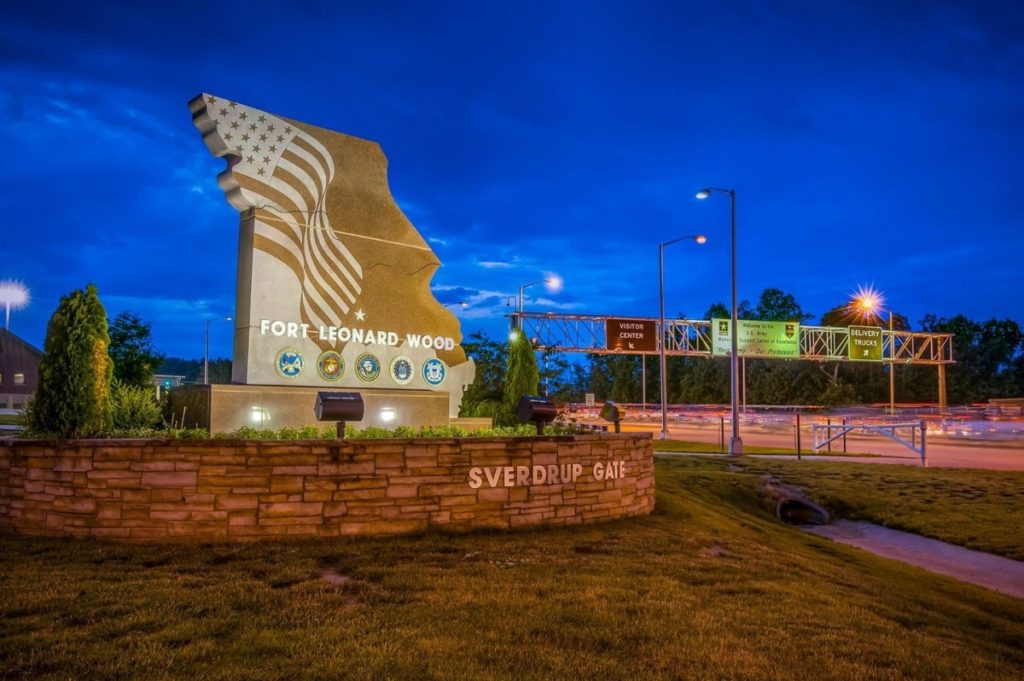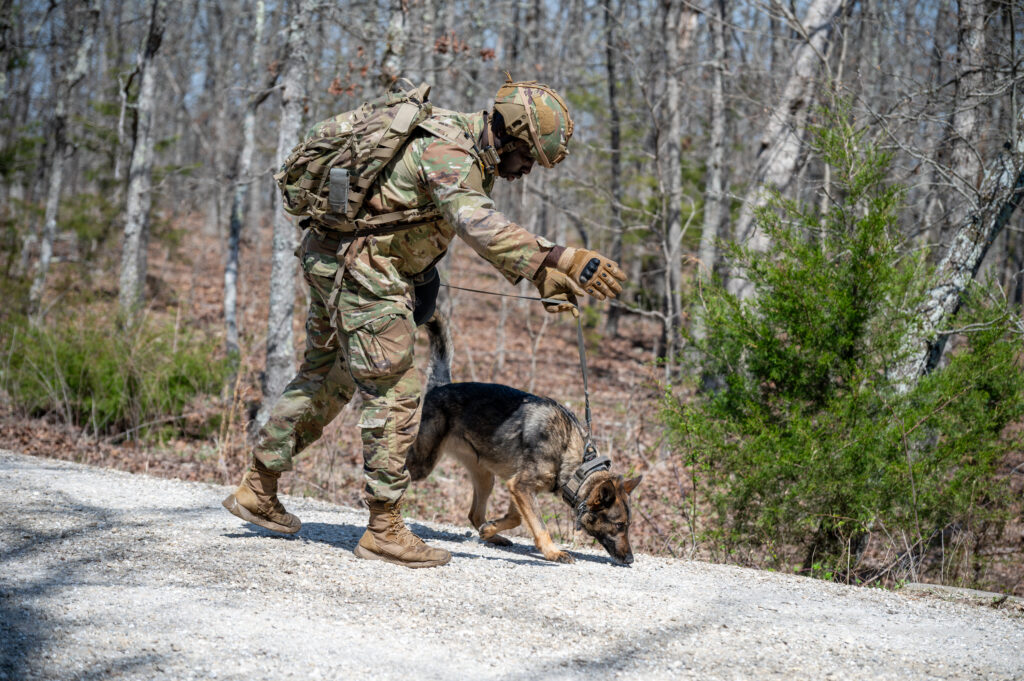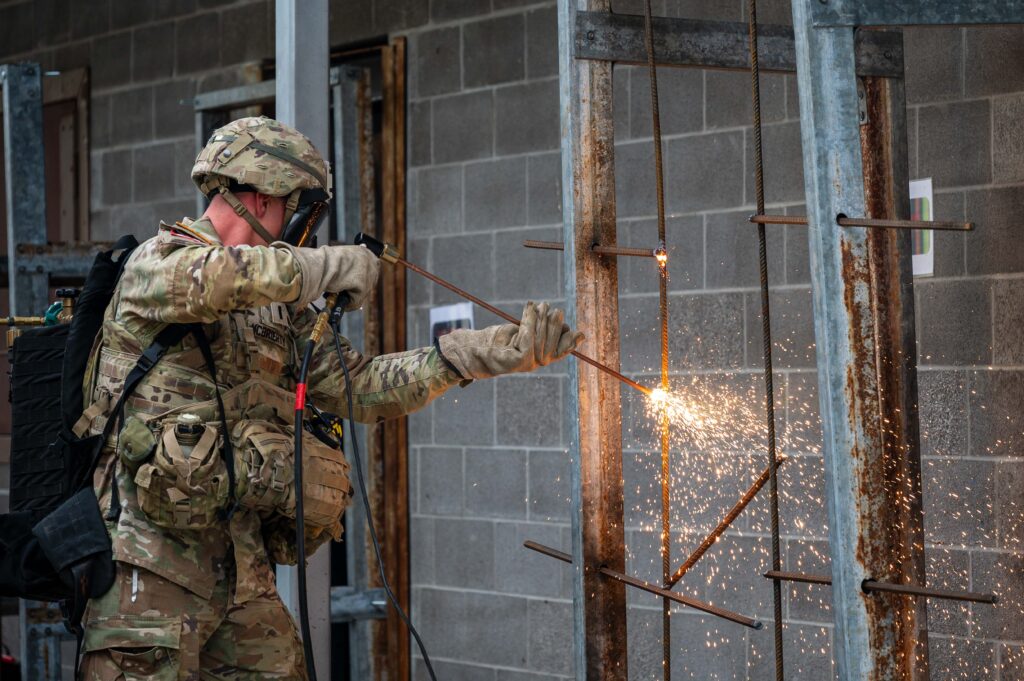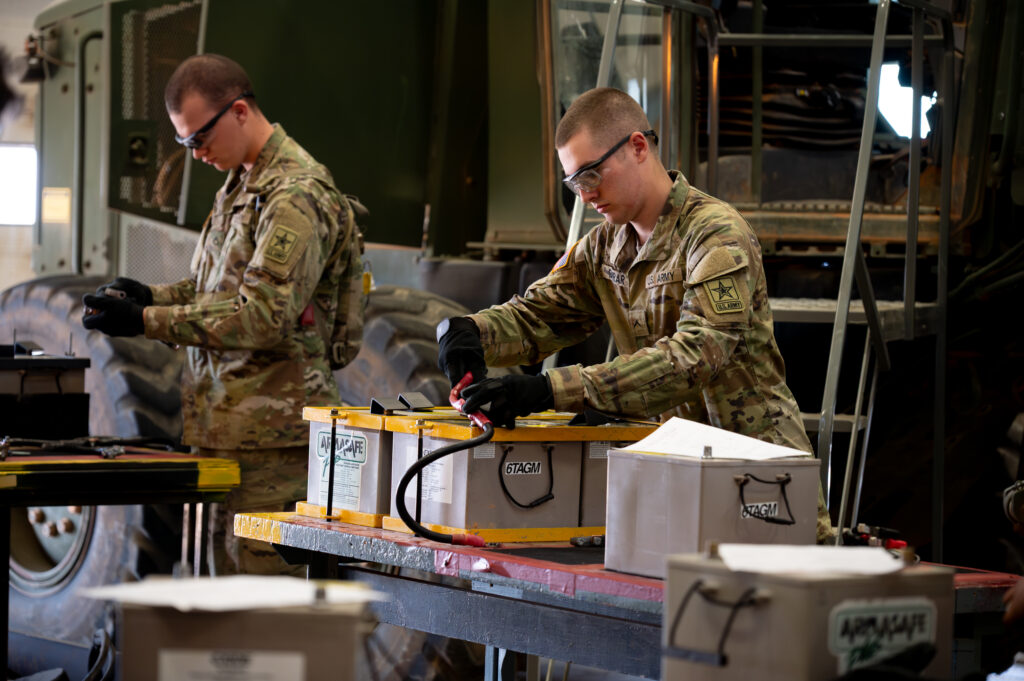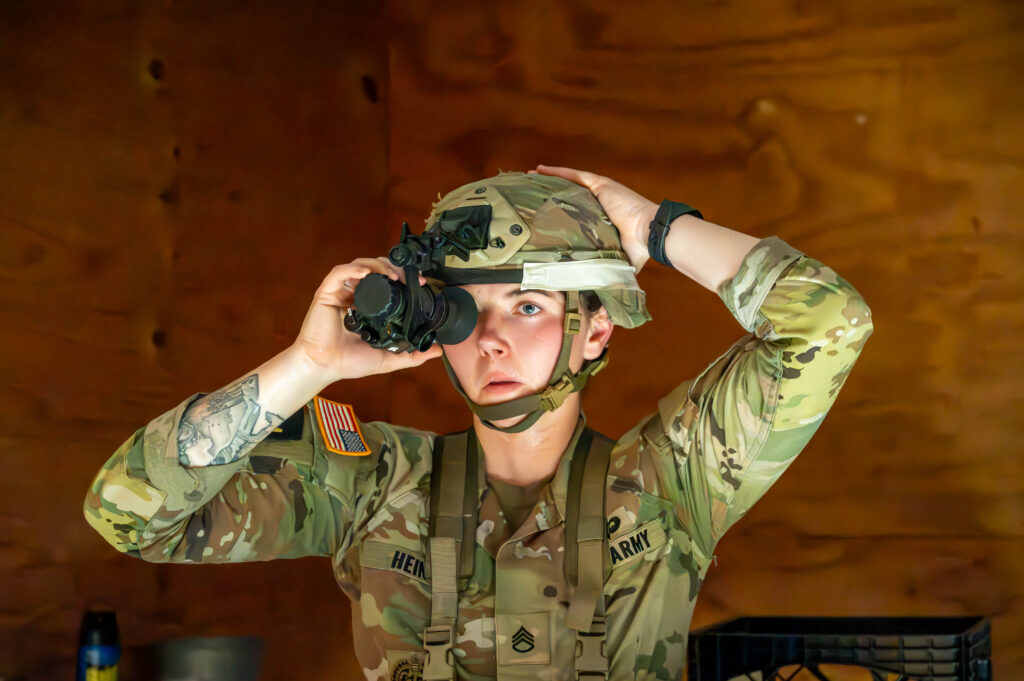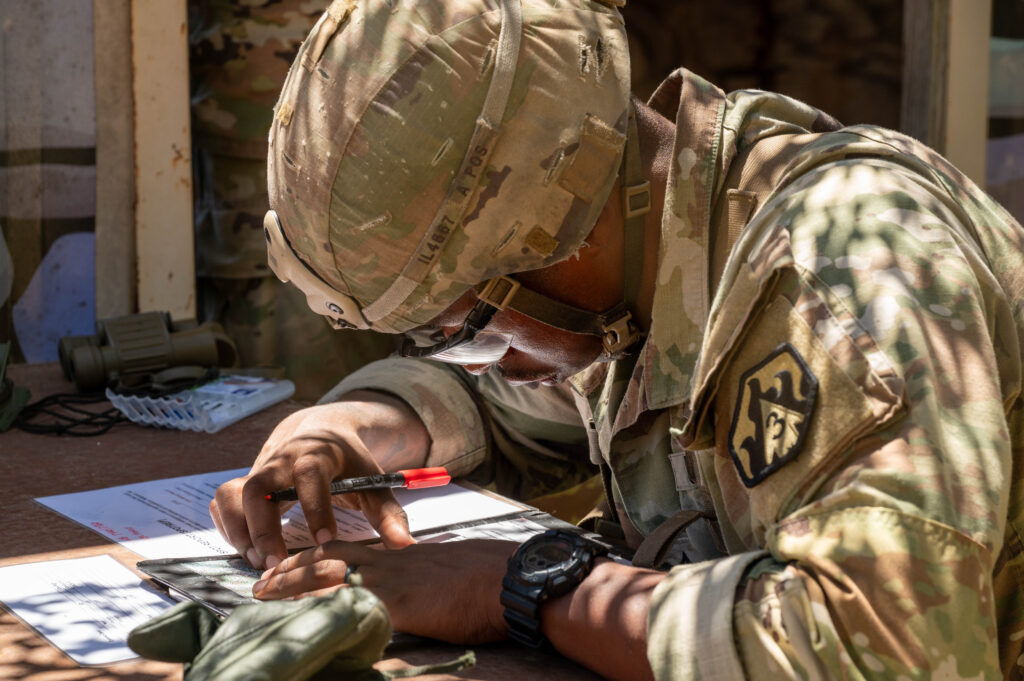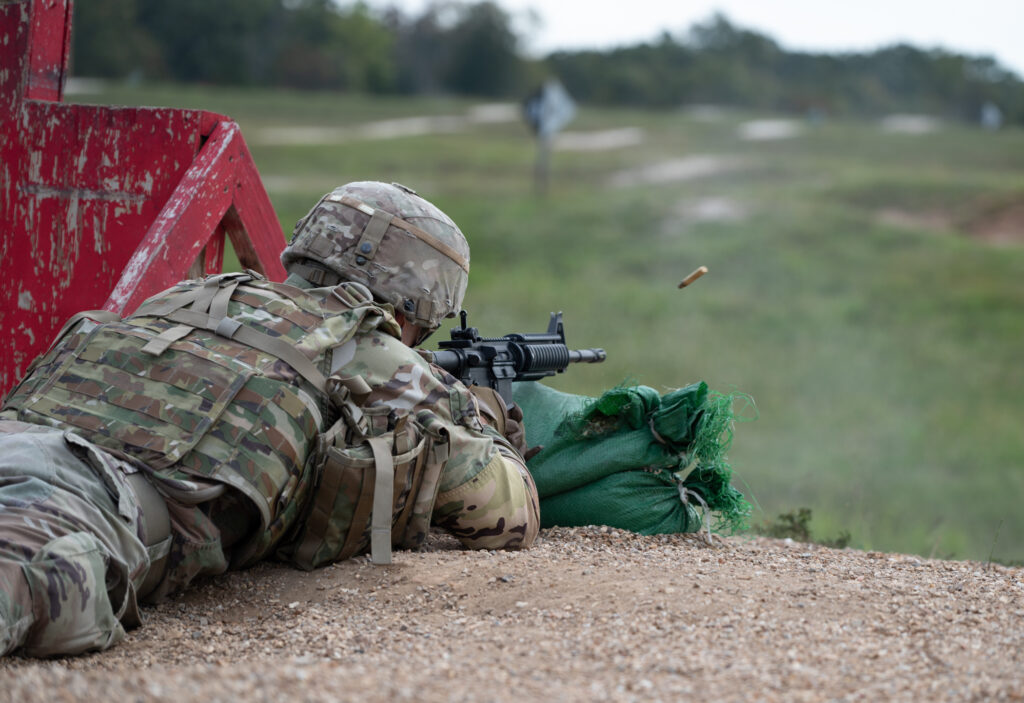By Ryan Thompson, Fort Leonard Wood Public Affairs Office
FORT LEONARD WOOD, Mo. (July 7, 2025) — When a major incident occurs at Fort Leonard Wood that tests first responders’ capabilities to meet the community’s need for support, the Crisis Action Team may be called in to assist.
According to Matt Mertz, installation emergency manager with the Directorate of Plans, Training, Mobilization and Security, the Crisis Action Team is comprised of representatives from each of the garrison’s directorates. They train to come together to establish the Emergency Operations Center.
“Ultimately, the EOC’s purpose is to provide information to the commander so he can make decisions, establish priorities of work when recovering from an incident and to manage resources,” Mertz said.
Lloyd Nash, plans and operations specialist with DPTMS, said when the EOC is up and running, it is staffed with representatives from each directorate who know how to make things happen.
“Basically, it’s an ensemble of subject matter experts who all collaborate to get first responders what they need at the time they need it. It’s a unified effort,” Nash said.
Mertz stated the importance of being able to share accurate and timely information with members of the CAT using the Physical Security Integrated Framework, which ensures Fort Leonard Wood leadership ultimately receives the most current information for their decision-making process.
“It’s a program implemented for emergency operation centers across the Army,” Mertz said. “The program has many different screens and one of those screens is a map that you can populate based on what the incident is. You can show downed trees, downed powerlines, assembly areas and traffic control points.”
According to Mertz the map paints a picture of the incident leadership can reference to know what the scene looks like without having to go to an incident’s location.
In addition to the map, Mertz said that PSIF has many other features that help the CAT stay connected and communicate more effectively.
“PSIF contains a running log where we capture the incident. It’s like a script or a diary of the incident,” he said. “We can also submit requests for information or requests for assistance from the different directorates on post.”
Nash added that requests for assistance can vary in nature.
“An RFA may be as simple as requesting for a water buffalo to be placed in an area or as complex as finding shelter for Soldiers and their family members displaced due to an incident such as a tornado,” Nash said.
Mertz and Nash agree CAT members must be good problem solvers.
“At the end of the day, that’s what we are doing here, we are solving problems,” Mertz said. We are not actively moving debris out of a tornado’s path or recovering vehicles from a flood. We support the folks who are doing that. They are going to run into problems, and they are going to call us.”
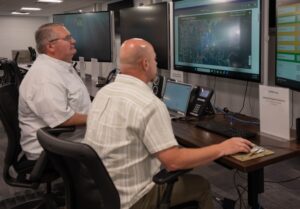
-30-
About Fort Leonard Wood
Fort Leonard Wood is a thriving and prosperous installation that has evolved from a small basic training post more than 80 years ago to a premier Army Center of Excellence that trains nearly 80,000 military and civilians each year.
Fort Leonard Wood is home to the U.S Army Maneuver Support Center of Excellence and three U.S. Army schools: the U.S. Army Engineer School; U.S. Army Chemical, Biological, Radiological and Nuclear School; and the U.S. Army Military Police School. In addition to training engineer, CBRN and military police specialties for the Army, Fort Leonard Wood also provides gender-integrated in-processing and Basic Combat Training for new Soldiers.
Fort Leonard Wood also hosts and trains with the largest Marine Corps Detachment and Air Force Squadron on any Army installation as well as a large Navy construction detachment.
More information about Fort Leonard Wood is at: https://home.army.mil/wood/index.php/about/mission
